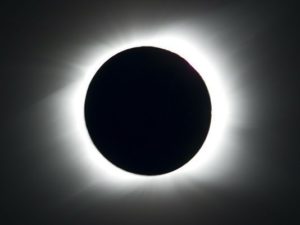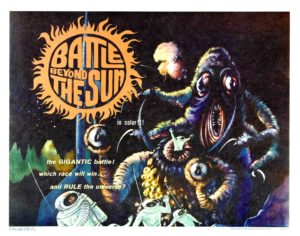 I suspect the beginning of all wisdom, of all religion, of all science, consisted of the earliest humans looking at the sky with wonder, looking for meanings, fashioning explanations. They found what they were looking for. They found gods, they found portents of good fortune, harbingers of doom. They found, as the Torah and Hagaddah says, “signs and wonders.”
I suspect the beginning of all wisdom, of all religion, of all science, consisted of the earliest humans looking at the sky with wonder, looking for meanings, fashioning explanations. They found what they were looking for. They found gods, they found portents of good fortune, harbingers of doom. They found, as the Torah and Hagaddah says, “signs and wonders.”
They also found order. The most mysterious quality of the sky was that it was humans who could figure out some of its mysteries. They found patterns. They knew that the same group of constellations appeared in the same part of the sky, every year, in the exact same place of the sky. They knew that the moon completed its cycle every 28 days, the stars every 365 days, and the five visible planets with their individual cycles, but each of them was utterly predictable. It was hard not to think that these regular patterns did not have some impact on our lives. Surely the stars and planets controlled the weather, and perhaps our personal and collective destinies? But the more we learned about the planets and the stars, the less likely this seemed. We could now understand the movement of the heavenly bodies with utmost precision, down to the nanosecond. We started to explore the heavenly bodies we once gaped at in wonder. We have even walked on the moon. Something had been gained, surely though much of the mystery had been lost.



